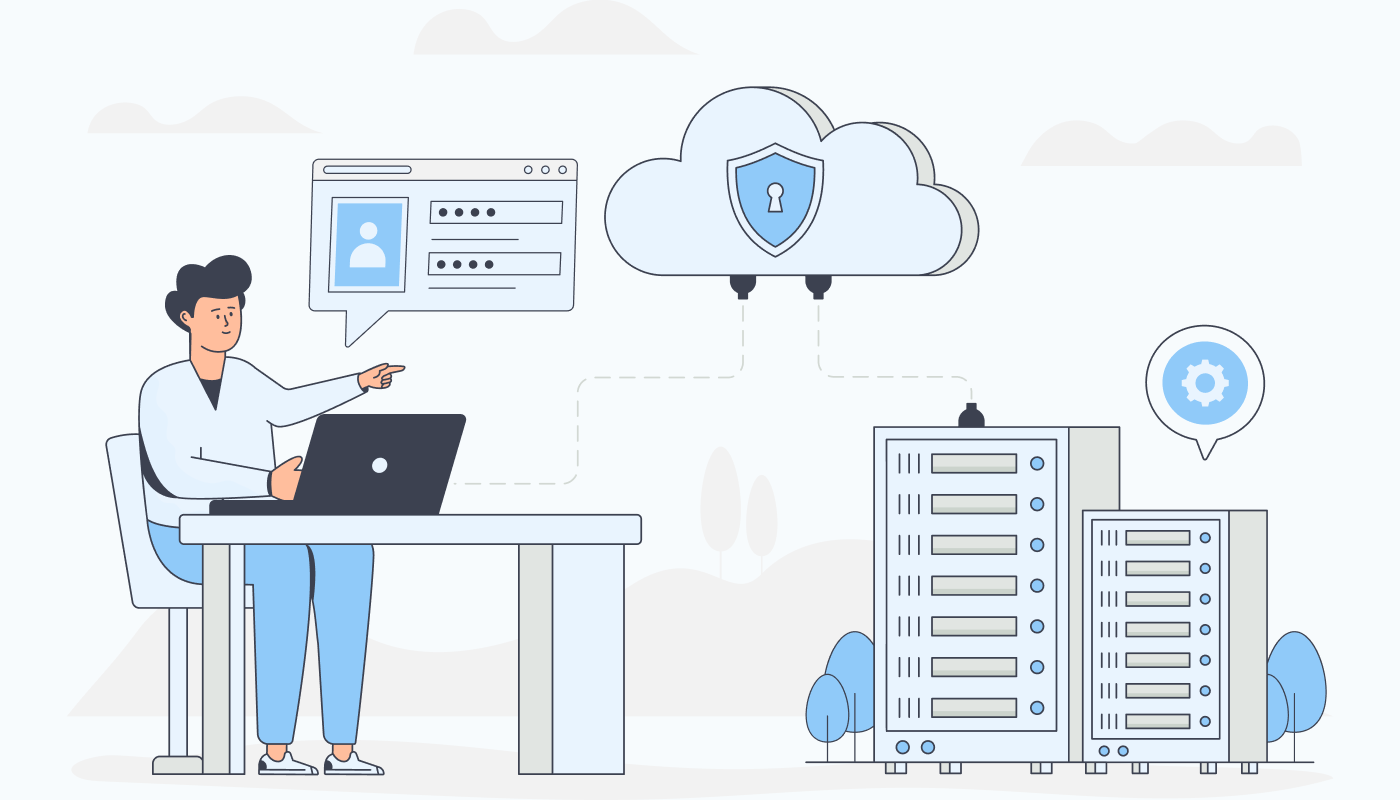
Global Public Cloud Spend will likely be over 1 Trillion USD by 2026, as per one of the Gartner reports. Almost all organizations use cloud in one way or the other. However, most report in failing to realize the ROI while moving to the cloud.
In fact, there is backlash going on this year, where people say they want to repatriate to on-prem.
The issue is not the cloud really; the issue is that most organizations when they move to the cloud, forget that they are moving from a fixed cost model to a variable cost model, akin to owning a car vs hailing a taxi. We all know, what happens when we hail a taxi and keep the meter running; its turns out to be much more expensive than owning a car.
One can not manage and run cloud the same way as on-Prem due to the fundamental nature of how variable cost works. In variable cost model, one needs to continuously monitor the usage and adjust.
Dealing with the variable cost model of cloud services is challenging, however there are several strategies one can use to manage and optimize cloud costs.
- Monitor usage & cost: This is an hourly & daily need. Cloud service providers typically offer detailed usage reports and cost analysis tools that allow you to understand how your resources are being utilized and where the costs are incurred.
- Set budget limits: Establish budget limits for your cloud spending to avoid unexpected expenses. Most cloud providers offer budget management tools that can send notifications or alerts when you are approaching or exceeding your set budget.
- Optimize resource allocation: Continuously evaluate and optimize your resource allocation. This involves identifying underutilized or idle resources and either resizing or terminating them to eliminate unnecessary costs. Automation tools and services, such as auto-scaling, can help you optimize resource allocation based on real-time demand.
- Use reserved instances or savings plans: If you have steady or predictable workloads, consider purchasing reserved instances or savings plans offered by cloud providers. These allow you to commit to a certain level of usage over a specified period, providing significant cost savings compared to on-demand pricing.
- Take advantage of discounts and spot instances: Cloud providers often offer discounts and spot instances that allow you to access spare compute capacity at significantly reduced prices. Explore these options for non-critical workloads that can tolerate interruptions.
- Implement tagging and resource grouping: Use tagging to categorize and label your cloud resources based on different dimensions such as project, department, customer, application or environment. This enables you to track and allocate costs more accurately, making it easier to identify areas of high spending.
- Implement governance and cost control: Establish governance policies and cost control measures to ensure responsible cloud resource usage. Implement resource tagging, access controls, and approval workflows to manage and control resource provisioning. Regularly review and optimize your resource usage based on actual needs.
- Continuously monitor and optimize: Cloud costs are dynamic, and usage patterns may change over time. Continuously monitor your cloud costs, identify cost optimization opportunities, and refine your strategies accordingly. Regularly evaluate the usage of resources, review cost reports, and make adjustments to maximize cost savings.
- Implement cost management tools: Use 3rd party Cloud Cost Management or FinOps tools that allow you to monitor, analyze, and control your cloud costs. Utilize these tools to track your usage, set budgets, receive cost alerts, and generate reports for cost optimization purposes.
Remember that the variable cost model in the cloud offers flexibility, scalability, and potential cost savings. However, it requires ongoing management and optimization to avoid unexpected expenses.
At CloudVerse.AI, we have a perfect platform for Cost & Usage Monitoring, Cost Allocation, Cloud Governance and Cost Optimization across multiple cloud service providers like AWS, GCP, AZURE, HUAWEI Cloud, ALI Cloud, TENCENT Cloud.

